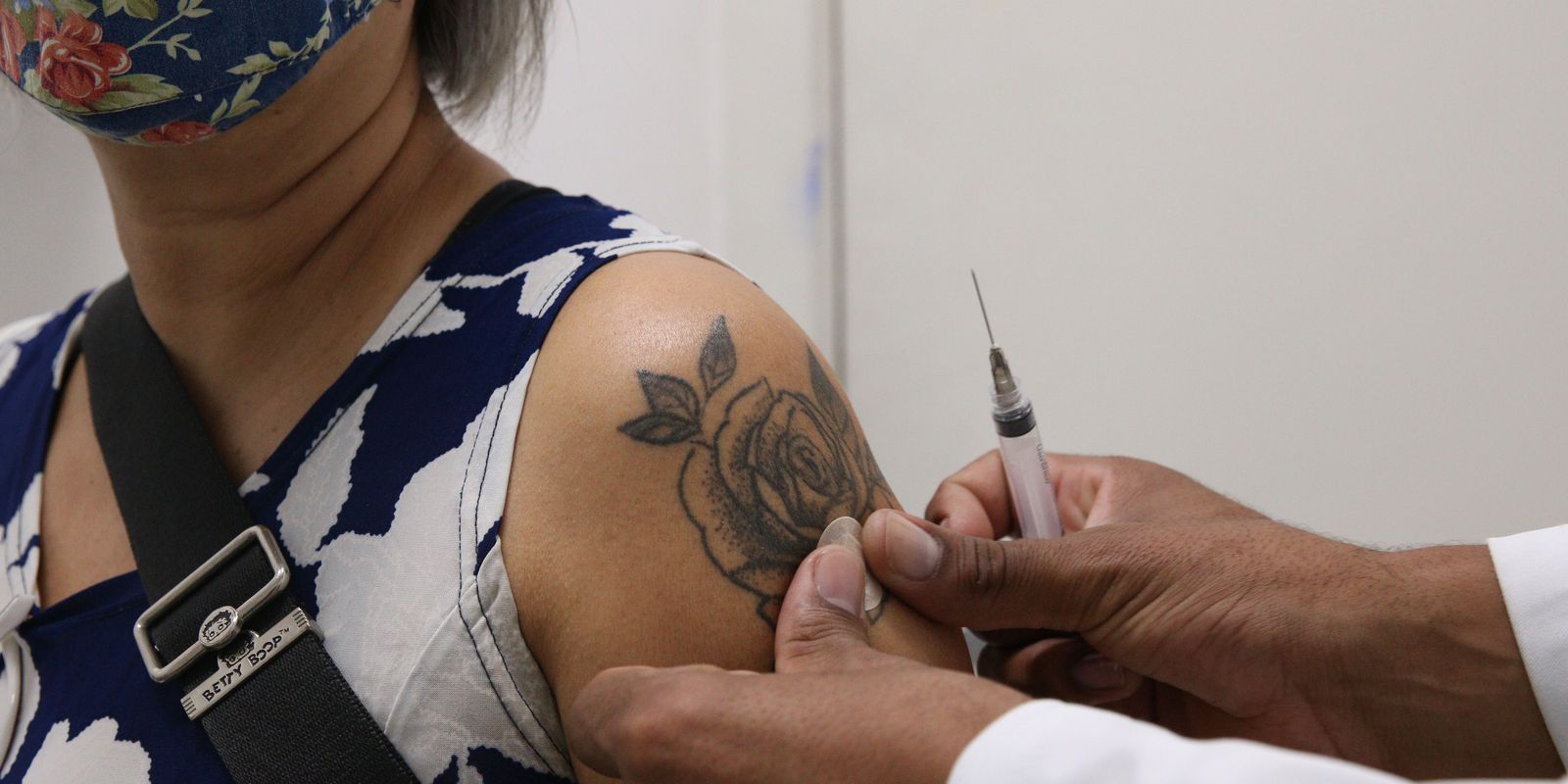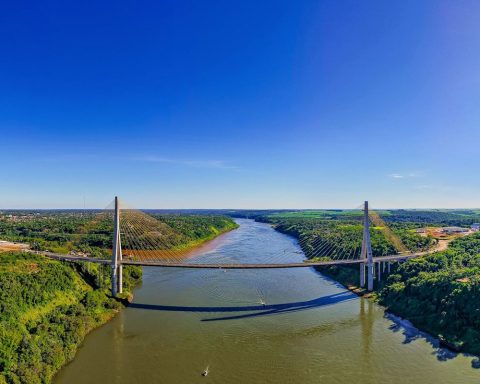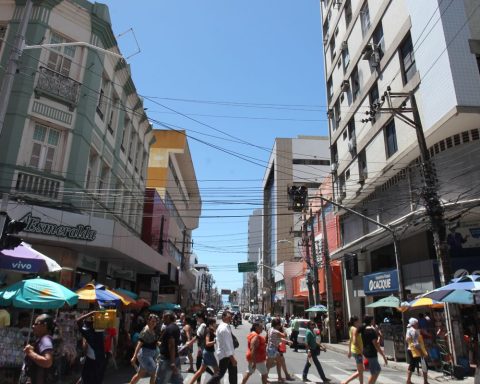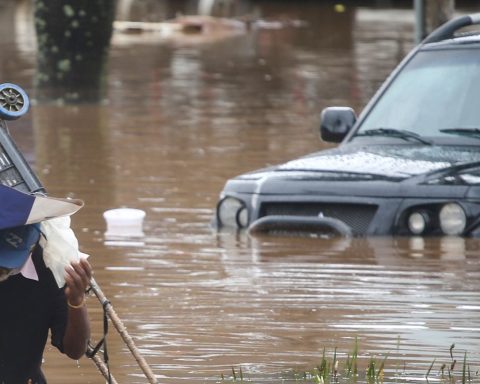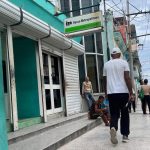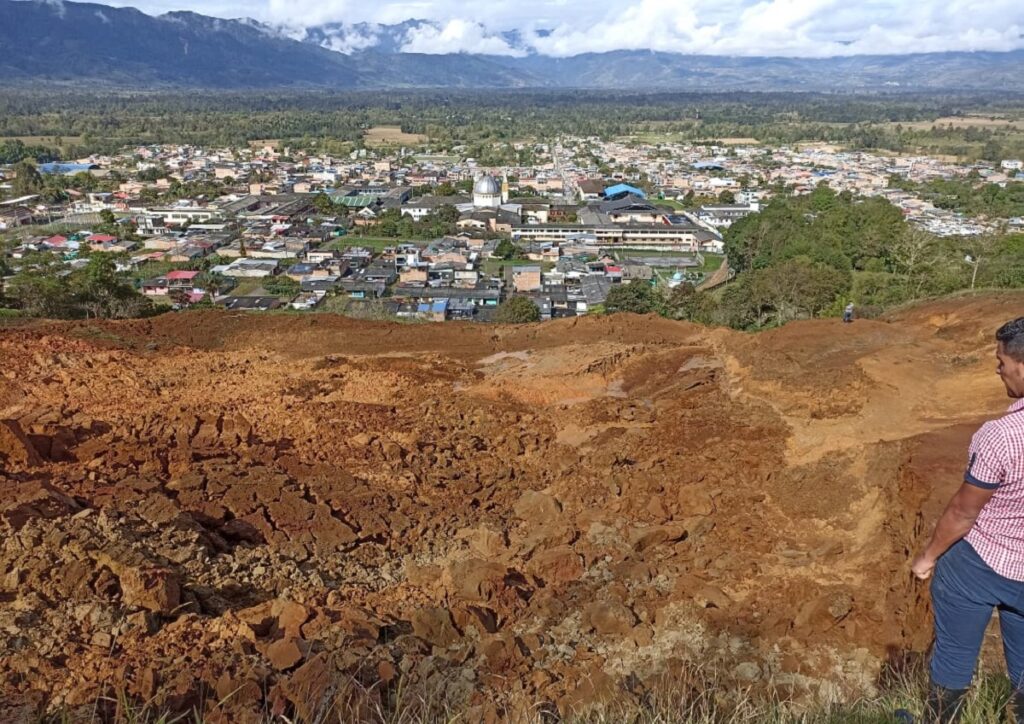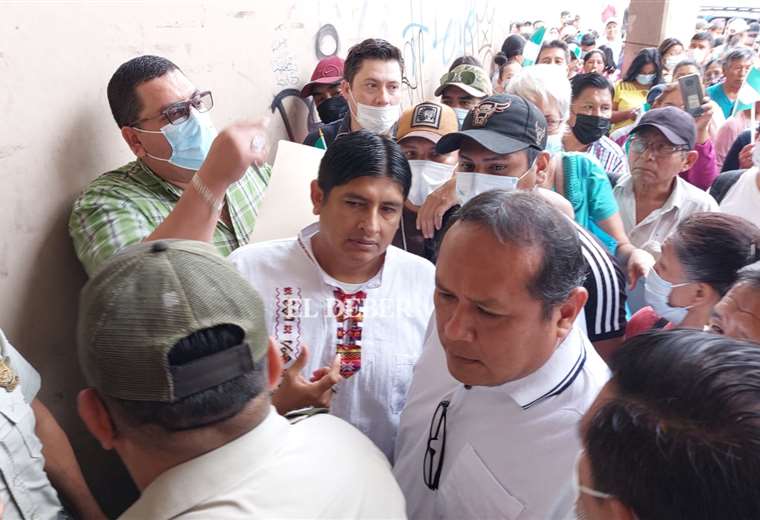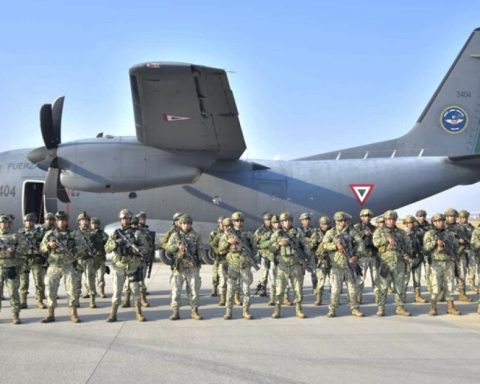The North Region still shows an upward trend in the incidence of severe acute respiratory syndrome (SARS), whose hospitalizations are predominantly associated with covid-19 since the beginning of the pandemic, in 2020. The analysis was released today (3) by Fundação Oswaldo Cruz (Fiocruz), in the InfoGripe Bulletin, which includes data up to July 30th.
According to Fiocruz, in the other regions, only the states of Mato Grosso, Maranhão and Piauí still show a clear sign of maintenance of growth, while in Sergipe it is possible that the high is just an oscillation.
The InfoGripe bulletin has explained in its last editions that the second wave of the Ômicron variant, caused by its subvariants, arrived first in the Southeast, South and Midwest, regions in which it also finished first. In the Northeast and North, the beginning of the wave of infections started almost 2 months later, which also led to the decline of the case curve to occur later.
Researcher Leonardo Bastos explains that, despite the scenario being of a downward trend in most of the country, the scenario still requires attention. “We still have indicators of hospitalizations and deaths [por SRAG] higher than the period before the pandemic. It has already fallen, but still not enough to say that it is calm”.
In the last four epidemiological weeks, the InfoGripe Bulletin shows that eight out of ten SARS viral cases were caused by SARS-CoV-2. The prevalence of the other viruses was 1.9% for influenza A, 0.1% for influenza B, and 5.6% for respiratory syncytial virus (RSV).
Deaths
The Monitora Covid-19 data panel, also maintained by Fiocruz, shows that the moving average of deaths remained above 200 daily victims throughout July and continues at this level in early August.
The number represents an increase from April and May, when it reached below 100 victims in a few days. For Leonardo Bastos, the plateau is related to the spread of subvariants of Ômicron, which caused a new wave of infections.
“What we expect is that, with the drop in hospitalizations, there will be a drop in deaths later on, but how much further ahead we cannot know”, he said. “We expect the drop in hospitalizations in the South and Southeast to be reflected in deaths in a little while, in a few weeks,” he added.
The researcher explains that it is still difficult to measure the impact of winter during the wave of cases caused by the subvariants, “because covid-19 does not yet have a described endemic behavior that can be taken as a basis”.
“We believe that there is this climate effect, because the climate affects our behavior, favoring the transmission of respiratory viruses. Winter also contributes. Now, how much is from winter and how much is from the new variants, we cannot yet separate “, said the researcher.
